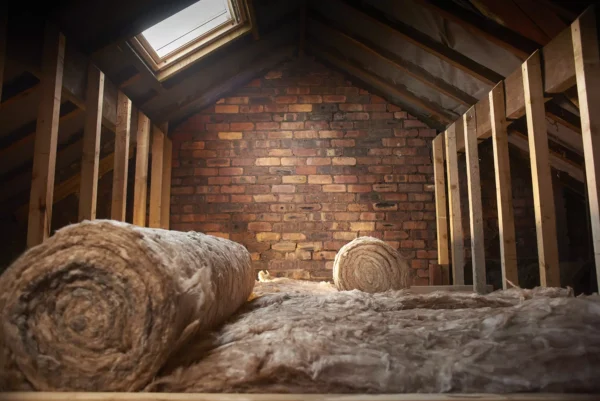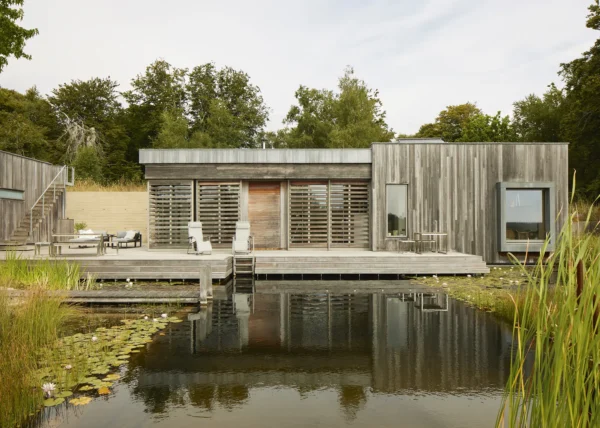- Plan ItBack
- Design ItBack
- Build ItBack
- Homes
- Products
- CostsBack
- Self Build Cost Calculator
Estimate your project costs instantly with Build It's interactive self-build cost calculator
Calculate Now - Costs & Finance
- Contracts & Warranties
- Build It Estimating Service
Get an accurate, detailed cost breakdown of your project
Submit plans
- EventsBack
- My Account
Q&As
Cavity Wall Insulation to a 1970s Home
1 October 2018
by Archive User
What are the pitfalls of having a 1970s cavity wall insulated?
And what are the best products that we can use?







































































































In principle, adding an approved injection insulation to an otherwise clear cavity is a sensible upgrade to make older houses more energy efficient.
The difficulties come from poor external brickwork, where cavities may already be bridged with mortar on brick ties or where the pointing is very poor and the brickwork too porous.
Exposed sites should not be insulated in this way as, where buildings are too exposed, the cavity will be needed to help prevent damp penetration from wind driven rain.
In terms of product, you want to use a well known company brand, who have comprehensive guarantees in place (insurance backed if possible) and where their product carries a transparent test certificate like a BBA (British Board of Agrement).
Take the time to read the BBA and to be sure it applies to your kind of property.
Cavity walls were not designed as a means of insulating homes, it was more about managing water travelling through porous bricks and stone.
In the age of central heating, it started making sense to insulate these walls to retain more of the heat inside the home.
The main pitfall, especially in the early days, was that by filling the cavity, water now had a way to track across the cavity and through the inner leaf, causing damp problems.
It’s therefore essential to have the right system installed by a competent installer.
The main options are blown mineral wool, polystyrene beads held together with a pva glue bining agent, or urea formaldehyde foam.
Take the advice of a CIGA registered installer (ciga.co.uk) who will do an inspection of the property, recommend the right product for your situation and guarantee the results.